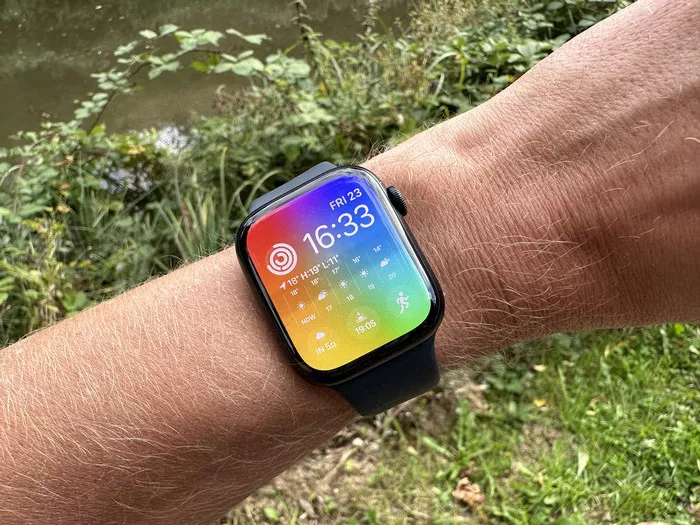In a remarkable turn of events, an Apple Watch has been credited with saving the life of a 40-year-old man in the US. Josh Furman, who has type 1 diabetes, collapsed at home, unconscious and unable to call for help. The smartwatch’s fall detection feature came to the rescue, automatically dialing 911 and alerting emergency services.
“I don’t know how long I was out for,” Furman shared in an interview with KSNV. Upon regaining consciousness, he discovered that his Apple Watch had not only called for help but had also provided crucial GPS coordinates to the responders. Despite being unable to speak clearly, emergency services were able to locate him swiftly.
Furman had wisely set up emergency contacts on his Apple Watch, ensuring that his mother was notified of the incident. She played a vital role in providing the 911 operator with essential information about Furman’s medical condition, facilitating prompt and accurate care.
The incident sheds light on the life-saving potential of wearable technology, particularly the Apple Watch. Beyond fall detection, these devices can monitor various health parameters, including irregular heart rhythms and blood sugar levels. For individuals like Furman, who manage conditions like diabetes, these features can be invaluable.
Furman emphasized the importance of understanding the capabilities of wearable devices, urging users to explore and activate features such as fall detection. “I don’t think people know enough about their Apple Watch to realize what it can actually do with the fall detection (feature),” he remarked. “People that are elderly probably don’t know about the fall detection (feature). You actually have to turn it on on your iPhone.”
This incident echoes a similar case where an Apple Watch played a pivotal role in saving a man experiencing intense chest pain during a morning run. The stories highlight the potential of smartwatches not just as gadgets but as life-saving companions, encouraging users to harness their full range of features for personal well-being.
As wearable technology continues to advance, these incidents underscore the importance of leveraging these devices for health monitoring, emergency response, and ultimately, preserving lives.

